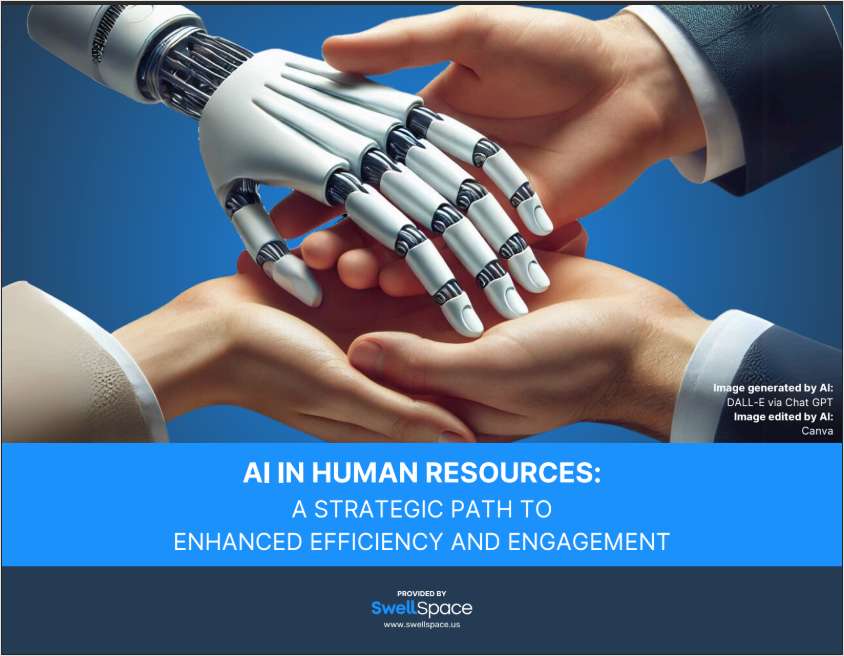WASHINGTON D.C. — At this year’s Society for Human Resource Management (SHRM) conference in D.C., the group released a 20-year recap of employee benefits. The study spoke to 3,490 HR professionals and reviewed over 300 benefits.
Read: 3 key takeaways of designing employee benefits plans
Employee benefits' success in meeting workers’ differing needs and desires has varied over the years. The office of 2016 is almost unrecognizable to its 1996 counterpart. Despite the changing job market and growing emergence of millennials and Generation Z (am I the only one that thinks this sounds like an upcoming group of working zombies?), core benefits have remained stable and almost unchanged, says SHRM.
“Benefits such as health care, retirement planning, and employee assistance programs are offered to employees at the same level as in 1996,” says Evren Esen, directory of survey programs at SHRM, in a release about the report.
Even still, employers know that these staples aren’t necessarily enough for recruiting and retention. But coming up with eye-catching benefits like student loan reimbursement and family leave means that there is still plenty employers can offer to entice prospective candidates or employees with a wandering eye.
Something that employees are often looking for is flexible schedules. One of the biggest trends that came out of the study is the increase in telecommuting.
Over the last two decades, the percentage of employers offering the much-requested perk has gone up drastically — from 20 percent in 1996 to 60 percent today. Those offering telework benefits to employees on an ad hoc basis also went up just between 2012 (45 percent) and 2016 (56 percent).
There have been several studies and surveys that have showed the heightened insistence on benefits and corporate culture perks (think wellness plans or innovative offerings like in-house gyms, free lunch, and other Silicon Valley-esque extras) have overshadowed compensation for some.
While it might be hard to argue that many employes would forgo annual salary increases, SHRM’s report shows that some companies have found a new way to enhance salaries without annual raises. In fact, SHRM says employers have increasingly looked to bonuses in the last five years in an effort to stabilize payroll costs. This includes:
-
56 percent of organizations offer service anniversary awards
-
51 percent offer non-executive bonus plans
-
44 percent offer executive incentive bonus plans
Other interesting findings from the report include:
-
Only 4 percent of employers offer student loan repayment
-
Although wellness programs are quite the buzz, the study shows that wellness resources have plateaued in the last year, although 92 percent say their company offers at least one wellness benefit today
-
Only 7 percent allow dogs at the office regularly, and 2 percent offer a “take your pet to work day”
-
Twenty-three percent of those surveyed for the study say their organization offers health care services via phone or video
Stay tuned for more coverag from SHRM 2016.
Complete your profile to continue reading and get FREE access to BenefitsPRO, part of your ALM digital membership.
Your access to unlimited BenefitsPRO content isn’t changing.
Once you are an ALM digital member, you’ll receive:
- Breaking benefits news and analysis, on-site and via our newsletters and custom alerts
- Educational webcasts, white papers, and ebooks from industry thought leaders
- Critical converage of the property casualty insurance and financial advisory markets on our other ALM sites, PropertyCasualty360 and ThinkAdvisor
Already have an account? Sign In Now
© 2025 ALM Global, LLC, All Rights Reserved. Request academic re-use from www.copyright.com. All other uses, submit a request to [email protected]. For more information visit Asset & Logo Licensing.








